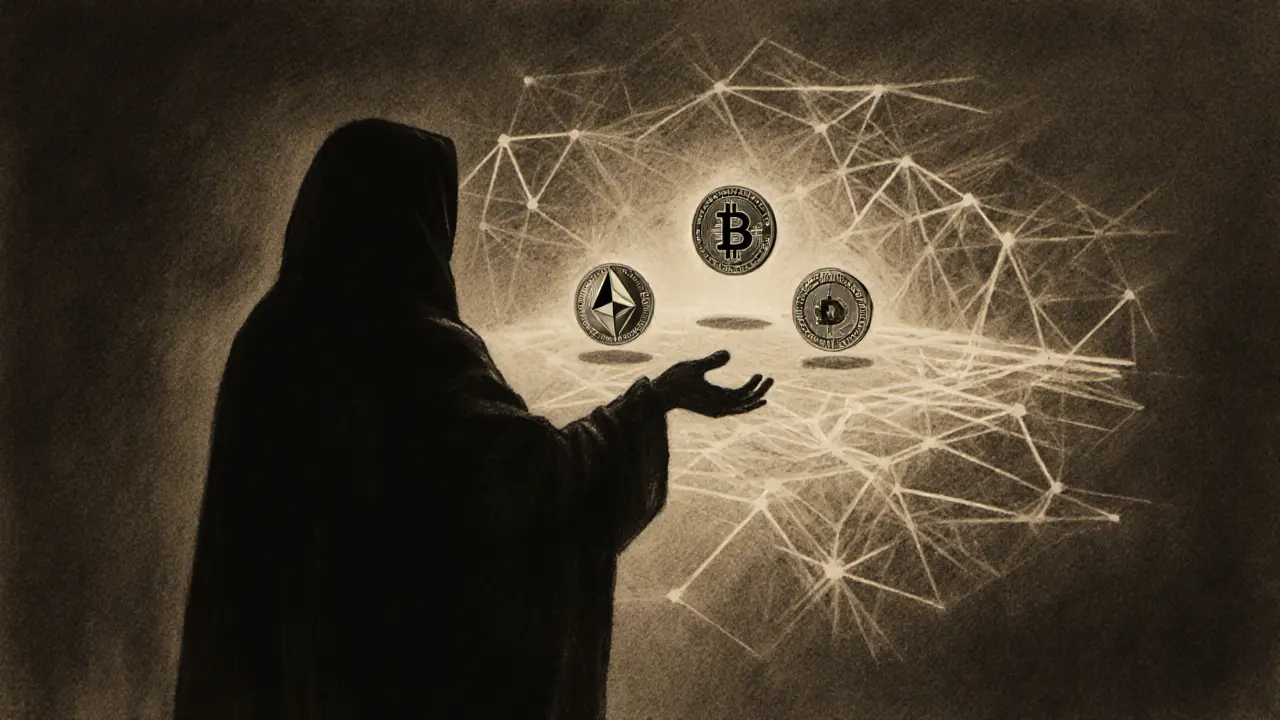DeFi lending protocols let you lend crypto for interest or borrow against your holdings without banks. Learn how they work, top platforms like Aave and Compound, risks, and real rates in 2025.
Decentralized Lending: How It Works and What You Need to Know
When you think of decentralized lending, a system where people lend and borrow crypto directly through smart contracts without banks or intermediaries. Also known as DeFi lending, it’s what lets you earn interest on your ETH or borrow USDC without filling out paperwork or waiting days for approval. Unlike traditional loans, there’s no credit check. Instead, you lock up your crypto as collateral—usually more than you borrow—to cover the risk. If the value of your collateral drops too far, the system automatically sells part of it to protect the lender. It’s not magic. It’s code.
Most decentralized lending platforms run on Ethereum or Layer-2 chains like Polygon or Arbitrum. They use stablecoins, crypto tokens designed to hold a steady value, usually tied to the US dollar. Also known as digital dollars, they’re the backbone of these systems because no one wants to borrow in a coin that could lose half its value overnight. Platforms like Aave and Compound let you deposit ETH or USDC and earn interest automatically. Others, like Anzen Finance’s USDZ, back their stablecoins with real-world loans instead of cash reserves—offering higher yields but adding new risks. And while some users jump into yield farming, the practice of moving crypto between protocols to chase the highest returns. Also known as liquidity mining, it’s a way to make extra income but often comes with complex fees and smart contract dangers., the real value of decentralized lending is simpler: access. People in countries with unstable banks or tight capital controls can get loans in minutes. Traders use it to leverage positions without selling their assets. And everyday users earn interest on crypto they already hold.
But not everything labeled "decentralized lending" is real. Some projects, like the failed USDZ-style tokens or fake lending apps with no audits, are just traps. You’ll see posts here about coins that promised 16% APY but vanished, exchanges that disappeared overnight, and airdrops tied to worthless tokens. These aren’t mistakes—they’re warnings. Decentralized lending works when the code is open, the collateral is real, and the platform has been tested under pressure. This collection shows you what actually holds up—and what’s just noise.

